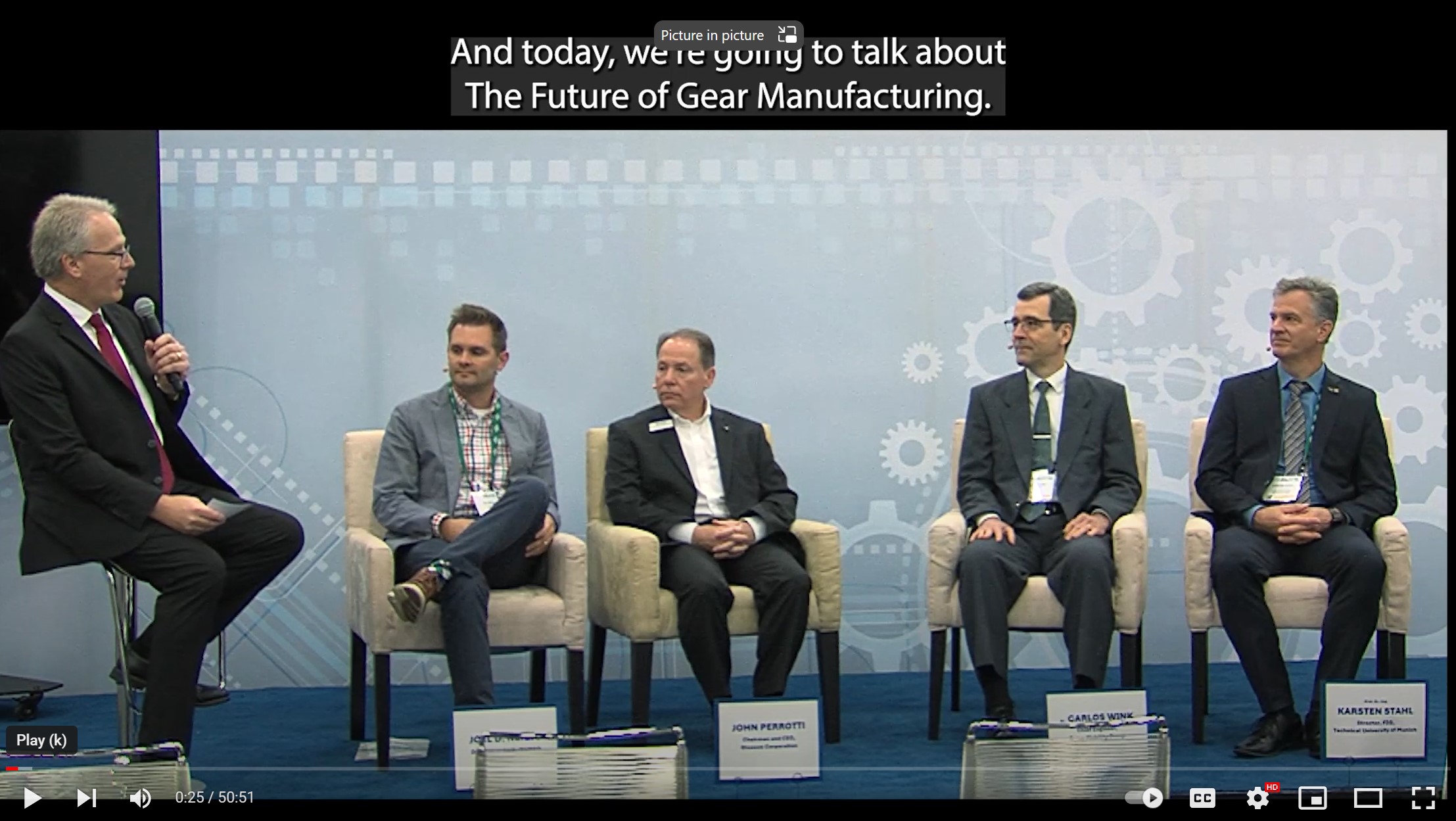Industrial Internet Consortium Publishes Industrial Internet Reference Architecture v1.8

The Industrial Internet Consortium (IIC), the global, member-driven organization that promotes the accelerated growth of the Industrial Internet of Things (IIoT), today announced the publication of version 1.8 of the Industrial Internet Reference Architecture (IIRA). This new version builds on version 1.7, originally published on June 17, 2015, by incorporating rapidly emerging new IIoT technologies, concepts, and applications.
The IIRA is a standards-based architectural template and methodology designed by a broad spectrum of IIC members, including system and software architects, business experts and security experts, to assist IIoT system architects to design IIoT solution architectures consistently and to deploy interoperable IIoT systems.
"The IIC is committed to delivering practical deliverables to the IIoT community that represent the latest thinking about IIoT," said John Tuccillo, senior vice president of global industry and government affairs, Schneider Electric and IIC steering committee chair. "The IIRA, like all IIC deliverables, is a living document. The IIRA and the now the IIRA v1.8 are the first steps toward an open, innovative and thriving technology development ecosystem across industrial sectors of the IoT."
"We have already seen customers who are using the IIRA to define and deploy their IIoT systems," said Dr. Tanja Rueckert, executive vice president, IoT and digital supply chain at SAP SE and IIC steering committee vice chair. "The IIRA and the other IIC deliverables provide significant value to IIC members as well as the broader IIoT and IoT communities."
The IIoT core concepts and technologies addressed in the IIRA v1.8 are applicable to the depth and breadth of every small, medium and large enterprise in manufacturing, mining, transportation, energy, agriculture, healthcare, public infrastructure and virtually every other industry. In addition to IIoT system architects, the plain language of IIRA v1.8 and its emphasis on the value proposition and enablement of converging Operational Technology (OT) and Information Technology (IT) enables business decision-makers, plant managers, and IT managers to better understand how to drive IIoT system development from a business perspective.
"It has been widely recognized that IIoT delivers value and transforms business. A main challenge for many enterprises now is how to get started," said Shi-Wan Lin, CEO and co-founder, Thingswise, LLC and co-chair of the IIC Architecture Task Group. "The IIRA provides a framework to drive IIoT projects from a business viewpoint. This is valuable for enterprises to build IIoT systems that can deliver the expected business value."
Technology vendors can use the IIRA concepts and methodologies to build interoperable system components that address the broadest possible market. System implementers can use the IIRA as a starting point to shorten system development by deploying reusable, commercially available, or open-source system building blocks to reduce project risk, associated costs and time-to-market. Ultimately, the IIRA will help the IIoT community to realize an open, innovative IIoT ecosystem, thereby reducing the cost of design and operations.
"The value of the IIC is that it brings together a set of diverse, talented people with an extraordinary set of knowledge to develop innovative technology to solve corporate-level industrial challenges," said Todd Edmunds, global manufacturing solutions architect - Internet of Things at Cisco Systems and co-chair of the IIC Edge Computing Task Group. "The IIRA accelerates the development of solutions to digitize business and realize IIoT's true potential to transform industry."





